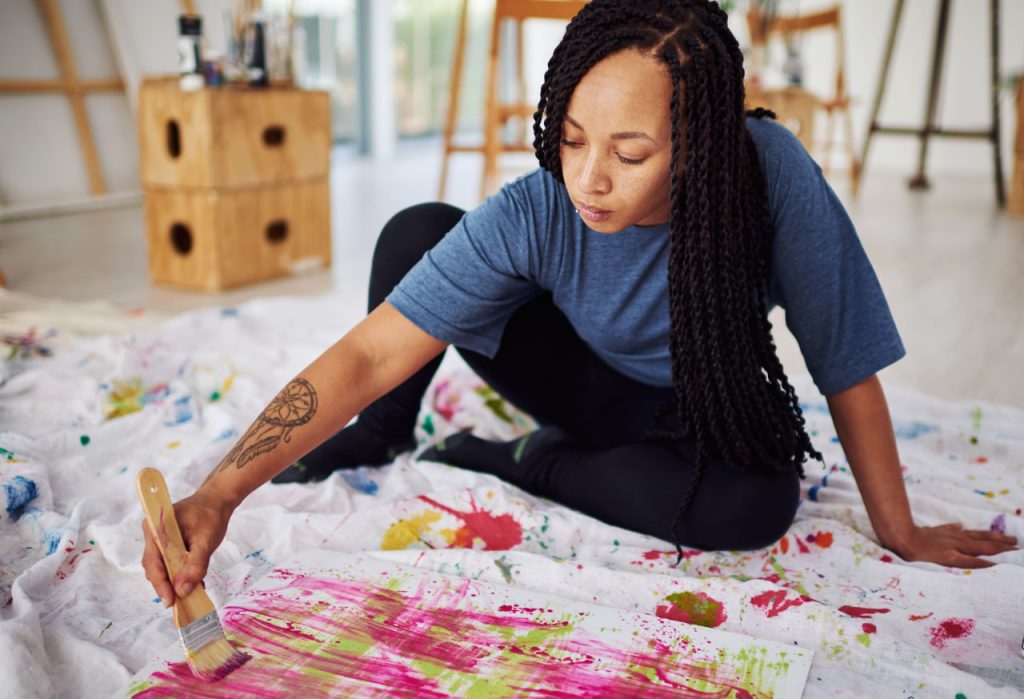Introduction:
Watercolor painting can seem intimidating at first, but with the right guidance and techniques, it becomes an enjoyable and rewarding creative outlet. If you’re a beginner looking to explore the world of watercolor, this article will guide you through the essential steps to get started—from choosing the right materials to mastering basic techniques.
What You’ll Need:
- Watercolor Paints:
Choose a basic set of professional-grade watercolor paints to get started. While student-grade paints are more affordable, professional-grade options often have a higher pigment load, resulting in more vibrant colors. You can expand your palette as you improve your skills. - Brushes:
Soft, round brushes are perfect for watercolor. They hold water and paint well, and their pointed tips allow you to create both fine details and broad strokes. Begin with a #6 or #8 round brush for versatility. - Watercolor Paper:
Watercolor paper is essential, as it is specifically designed to absorb water without warping. Look for 100% cotton, cold-press paper, which has a rough texture that helps retain water and pigment.
Key Techniques to Start With:
- Wet-on-Wet:
This technique involves wetting your paper first and then applying watercolor paint. The colors blend beautifully on the wet surface, allowing you to create soft gradients and smooth transitions. It’s ideal for creating backgrounds, skies, or abstract washes. - Wet-on-Dry:
Apply wet paint directly onto dry paper to achieve sharp lines and more defined shapes. This technique allows for more control and is excellent for painting details and precise edges, such as flowers or architectural elements. - Layering and Glazing:
Once the first layer of paint dries, you can add another layer over it to create depth and richness. This process, called glazing, allows for more control over the final color intensity and adds complexity to your piece.
Conclusion:
Starting with the basics will lay a solid foundation for your watercolor journey. As a beginner, focus on practicing these essential techniques, and don’t worry about creating perfect pieces right away. With patience and practice, you’ll soon be creating stunning watercolor artworks that reflect your unique style and creativity.

